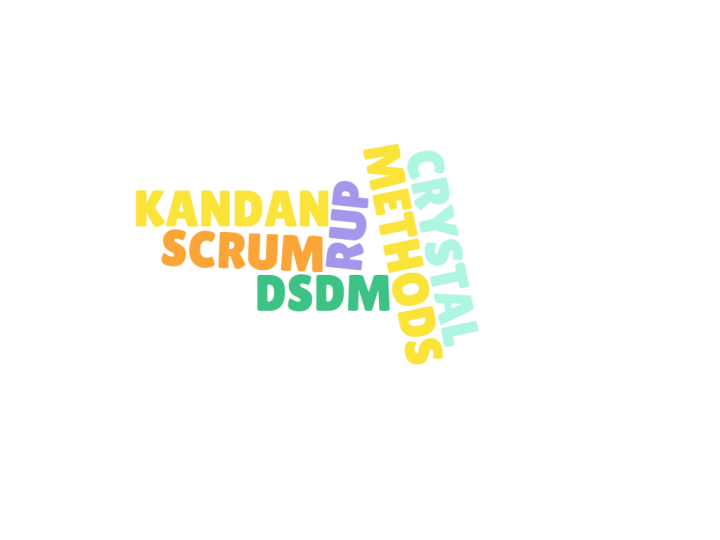First off, verification & validation are two terms that are common used in software development. They are commonly mistaken as if they were equal. Let’s begin by defining each term.
Verification
Verification is an evaluation of the process of creating a final product. It is useful to determine if the project development goes in the right track. Intermediary work is analyzed: documentation, data bases, etc.
Activities
- Review of requirements
- Review of design documents, including HDL and LDD
- Code review
- Documentation review
Validation
It is the process of evaluating the final product to determine if it matches the user needs. Basically all types of testing post-development are considered validation.
Activities
- Prepare test requirements documents and other test specifications to analyze results.
- Evaluate if these results is fit for use and reflects the project requirements.
- Test for complicated values, stress, and all possible functionalities.
- Check if errors exist, if they do, if a graceful message explain them.
- Check business requirements, and if it is fit for it.
Video explanation:
Source
http://www.softwaretestinghelp.com/what-is-verification-and-validation/

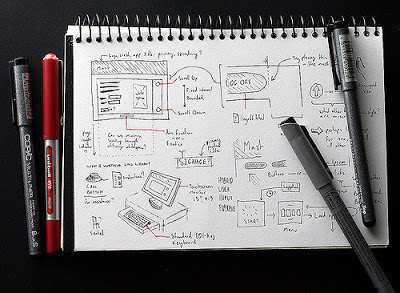


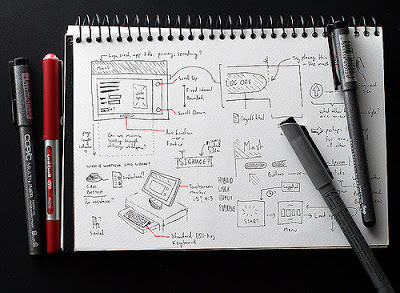


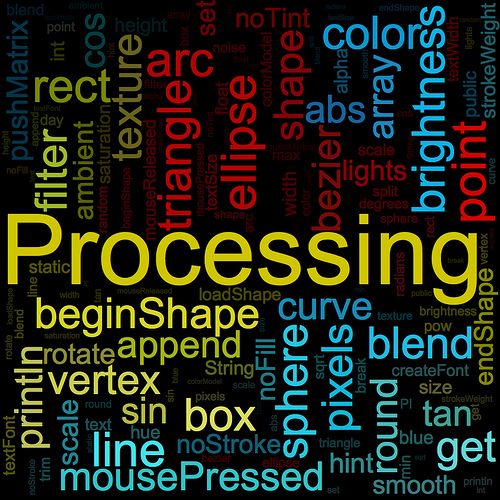


 ?
?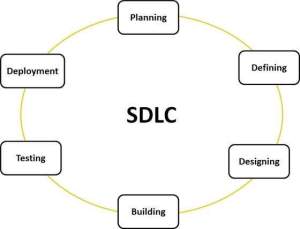 This cycle is used in the software industry to develop high quality products and at the same time satisfy the client. Basically it consists on planing ahead everything, so the work could be done easily.
This cycle is used in the software industry to develop high quality products and at the same time satisfy the client. Basically it consists on planing ahead everything, so the work could be done easily.



